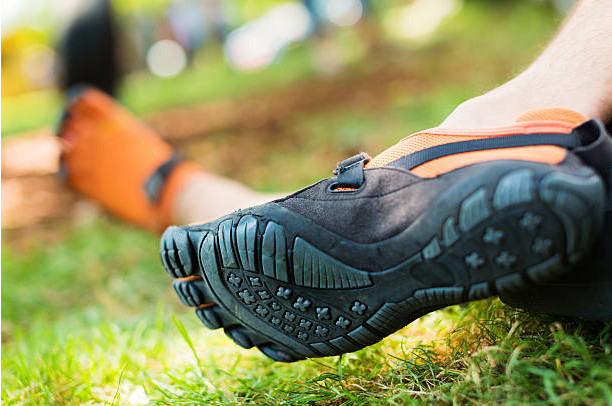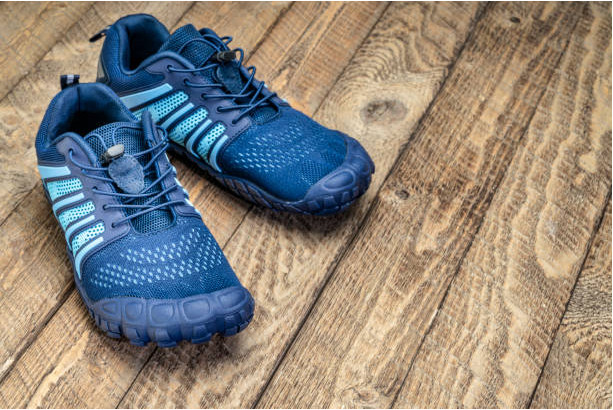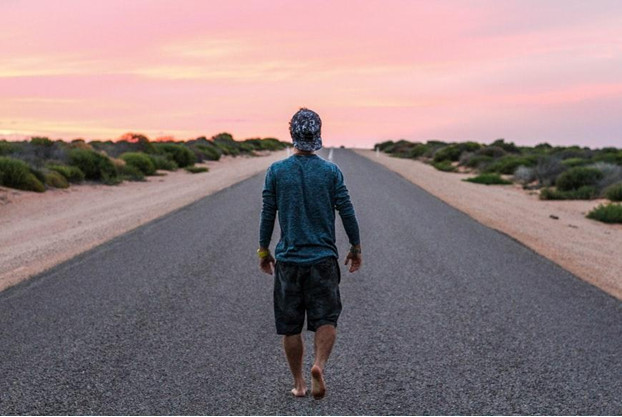Our feet are essential parts of our bodies. It’s what keeps us standing upright, helping us travel from one point to another, among other things. Without our feet, we can’t perform various motor activities well, which is why we must take care of them properly. You can strengthen your feet through series of exercises and stretches, but besides this, why not consider going barefoot?
Barefoot walking allows our feet to move freely, making it a natural way to keep our feet strong. Understandably, many of us can’t go barefoot 24/7. While we can go barefoot at home, we can’t commute or head to work without footwear. That’s where barefoot shoes come along.
About Barefoot Shoes
Barefoot shoes allow your feet to move and function as if you aren’t wearing anything. They have none of the extra features you’ll find in traditional shoes, but they have enough strength with a thin sole, protecting your underfoot from the surface you walk on without sacrificing ground feel.

You can find many minimal shoes available coming in different styles and purposes, whether work or casual, exercise or for dressy occasions.
Why are they better than traditional shoes, though?
Our feet comprise 30 joints, 26 bones, and more than 100 tendons, ligaments, and muscles? They might not seem much, but our feet are complex structures with small parts working together, producing movement.
We take thousands of steps a day, with our feet taking on as much as 120% of our body weight. When we run, that percentage goes up to a whopping 275%! Dr. Emily Splichal, a podiatrist, CEO, and founder of the Naboso Technology and Evidence-Based Fitness Academy, attributes most injuries from a disconnect from the body and ground. Meaning, such injuries were associated with modern shoes and other footwear.
Dr. Splichal’s claim may have been confirmed by other studies, such as one from the American Podiatric Medical Association. Their research shows that 77% of Americans continueexperiencing foot paindespite traditional shoes’ different features, which are claimed to reduce such pain.
What’s the problem, then? Well, it’s likely that shoes today are overdesigned. And that is where we come to barefoot minimalist shoes, which offer benefits that help with our feet’ strength and control.
That is why barefoot minimalist shoes are becoming more popular. Many platforms now share more about these products, even posting barefoot shoes reviews to encourage people to try them out. In fact, websites like Happy Barefoot have directories of barefoot minimalist shoes to choose from, along with informative posts on barefoot walking.
The Benefits of Barefoot Minimalist Shoes
Barefoot walking has a lot of benefits we can reap. It can improve our awareness of the environment and even improve balance.
Furthermore, the small parts of our feet will work in unison, being used more. The more they are used, the stronger they get. Barefoot shoes will have similar benefits, as they are made to help our feet move freely.
Long ago, people created shoes to protect feet from the elements that may cause pain and damage. But as time passed, protection became less of a priority compared to the shoe’s design and style.
That said, a 2009 study shows that footwear is still necessary on unnatural substrates, athletics, and specific pathologies. However, today’s data suggests footwear failing to encourage natural foot shape and function alters the biochemical behavior and morphology of feet.
Barefoot footwear doesn’t have the extra features you find in the usual shoes and have been stripped down to the basics. That way, barefoot shoes can give you the following:
- Improvement of balance and proprioception
- Strength in the foot and leg muscles
- Enhancement of foot control
- Improvement of foot mechanics, which can also help in the mechanics of other parts of the body involved in movements
Wrapping It Up
More and more studies continue to come out each year, citing the benefits of barefoot shoes. While there may be disadvantages to barefoot shoes, the benefits will outweigh them.

Do you want to get your own pair of barefoot shoes now? Before that, make sure you gradually transition by walking barefoot and performing arch and calf muscle stretching. Once you feel like you’re ready (and got clearance from your doctor about barefoot walking), that is when you can find barefoot shoes suitable to your individual needs. You can check out Happy Barefoot’s shoe comparison guidefor further help, along with barefoot shoes reviews to narrow down your options.
Have fun and enjoy the benefits barefoot walking offers!


